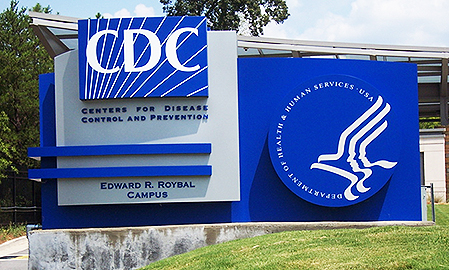The Centers for Disease Control and Prevention’s opioid-related death statistics for 1999 to 2012 have a sliver of positivity: deaths from prescription painkillers fell 5% between 2011 and 2012, the first decline since 1999.
The less-good news is that this decline was matched with an uptick in heroin-related deaths from 1.4% of deaths due to opioid drugs in 2011 to 1.9% in 2012.
The drop in prescription-opioid deaths is a remarkable step back from what had been a nonstop rise: they were associated with 1.4% of opioid deaths in 1999 to 3.4% in 2004, 4.8% in 2008 and 5.4% in 2011.
These drugs were linked to 16,007 deaths in 2012— the same year the CDC noted that healthcare providers enough opioid prescriptions to provide a bottle in every US medicine cabinet. In 1999, they were tied to 4,030.
The CDC did not respond to queries by press time about why prescription opioid deaths fell, but previous reports have shown that tighter prescription painkiller rules have helped break pill mills and hindered patients ability to doctor-hop in search of prescriptions. Yet these successes seem to have moved painkiller patients to heroin as opposed to recovery. The CDC noted in July that there was a jump in heroin- hydromorphone- and morphine- related deaths between 2012 and 2012, a situation the agency indicated “might be a sign of a switch to use of alternative opioids.”
The social toll of opioid-related deaths and allegations of misleading marketing practices by lawmakers and patient advocacy groups have put pressure on the category.

These groups have pressured the FDA to pull its approval of the painkiller Zohydro because it lacked abuse-deterrent properties.Chicago and two California counties have also taken action, filing lawsuits against drugmmakers over their marketing practices.
The anger has not dampened drugmaker enthusiasm for the category. Purdue Pharma scored an FDA approval for its prescription hydrocodone drug Hyslinga ER last month, and Daiichi Sankyo put down some cash in August to expand its painkiller development portfolio.
The FDA is not budging, cautioning critics not to exaggerate a drug’s wallop based on doses while also nodding to the limits of current formulations. The FDA’s director of the Center for Drug Evaluation and Research, Janet Woodcock, cautioned in a November blogpost,that it was irresponsible to compare extended-release and immediate-release formulas and conclude that the higher-dose extended release ones were more addictive. The reason: the narcotics are released into the bloodstream at different rates, drawn out over a longer period of time for extended-release formulas, and at once for immediate-release ones.
Woodcock also acknowledged that even the best efforts have loopholes. “The drug’s abuse-deterrent properties are expected to reduce — but not totally prevent — abuse” she wrote. She added that patient and physician education are also critical components to prevent abuse.








